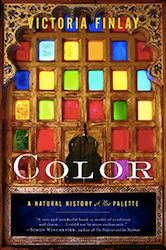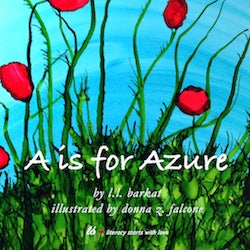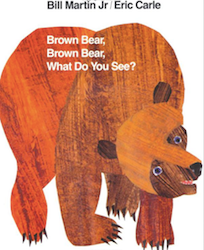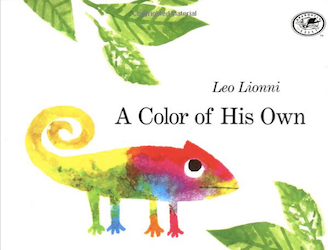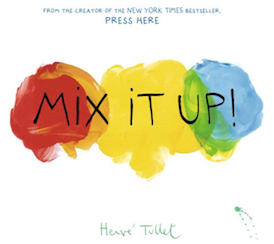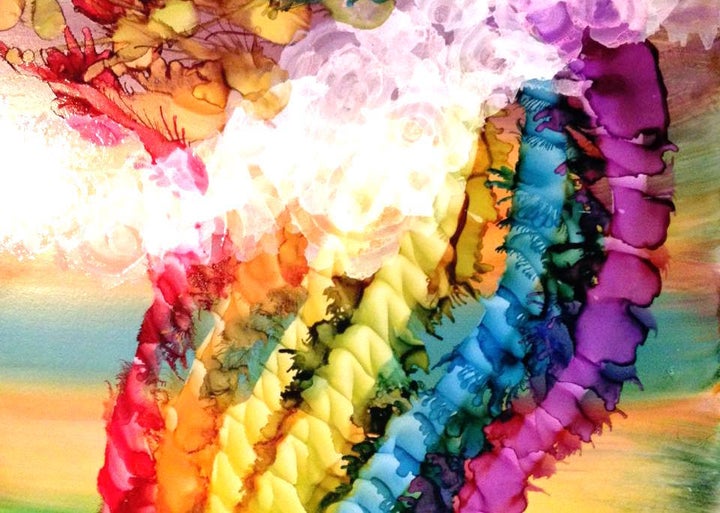
Recently, I had the chance to talk to a few students I worked with over ten years ago, and we were discussing various learning experiences. The students especially recalled activities that relied on color to enliven everything from history and culture to writing and science.
“I remember the fight scene with the orange and red leaves. It was so beautiful!” one student recalled from a unit that had featured clips from Hero as an example of organizing your plot with visual cues.
“For a while,” another said laughingly, “pounding bricks was a thing.” (We’d done that safely in the classroom to make natural pigments for a combined science and art lesson, but apparently it became a popular pursuit in their private moments with friends. Berries, leaves, and twigs were also fair game. (Worried about the dangers of risky play? It’s actually vital, despite our grown-up fears.))
More memories followed, about having made colorful masks to explore certain characters after viewing The Magic Flute and about the way the human eye sees shape and color based on culture and geography (try looking at Georgia O’Keeffe’s city paintings and consider what they remind you of, before you look up where she was raised).
While the science behind color and learning is fascinating in its own right—showing great promise for increasing recall, reaction times, and comprehension, and also dealing effectively with the challenges of dyslexia or autism —I simply want to give you 5 thematic reasons to color the core of kids’ learning, because color is a fun and powerful organizing principle.
As every teacher knows, there are numerous ways to organize your classroom world. I want to suggest using the lens of color, because there’s so much possibility pulsing in every red, blue, and yellow—especially if you delve into the more evocative names for colors.
How you organize by color would be an interesting project in itself. But even if you were to simply choose a color of the week, or a color of the month, you could easily embark on a fascinating tour of history, culture, science, math, linguistics and literature, and economics.
To illustrate, I’ll walk you through a quick journey with emerald (with a hat tip to Aja Raden, whose discussion of emeralds is truly marvelous).
1. History
Dig into the history of emerald and you can easily travel to:
• Egypt, where Cleopatra welcomed Caesar while she sat on a huge bed of emeralds, as a way to display her kingdom’s great wealth and power.
• Napoleonic France, where the emperor and his empress and court were dripping with emerald gems, partly due to obsession and partly due to the Cleopatra factor (displays of wealth, power, glory!)
• South America, where emeralds were thought to be living, because of their life-like inner glow (as opposed to a mere sparkle, like that of diamonds and other gems).
2. Culture
Take a tour of culture through emerald and you’ll discover royalty in Asia, sacred gods in Egypt, a leafy god amidst the Celts, and holiness in the Middle East.
3. Science and Geometry
A quick study of emerald and other greens could provide a tour of:
• Human physiology (looking at green slows our pulse and makes our blood pressure drop, and the cone cells in our eyes see green better than other colors)
• Biology (remember how chlorophyll works?)
• Chemistry, geometry, and geology (emerald gems are hexagonal beryl crystals mixed with chromium or vanadium and these elements would never be found together, except that continental plates collided spectacularly to make mountains and emeralds!).
4. Linguistics, Literature, and the Power of a Good Promotion Story
Delve into the linguistics of emerald and you’ll discover that the word is thousands of years old—meaning “green stone” in old Greek—and that the stories of El Dorado (of the famed Emerald Parrot) were part myth and part political public relations (a very effective promotion story that altered the population of a continent!).
5. Economics
Dip into the economics of emerald and you’ll discover how it helped create (and ruin) the special 16th-century economy of Spain—an economy that has influenced how our very own modern economy works (and, well, sometimes doesn’t work).
You can also learn how color in general, as a symbol of luxury, became strictly controlled by the Romans (after Caesar learned a few things about color, luxury items, and power, from that emerald visit with Cleopatra!)
Speaking of economics, all this love of emerald, in the form of the gem or perhaps nature in general, is thought to have influenced our feeling that green is “the color of money.”
If you’re interested in using color to organize learning, here are a few fun titles to include in your home or classroom library. Some are for the kids, but some are to inspire you personally, because good teaching begins with a curious and fascinated teacher:
